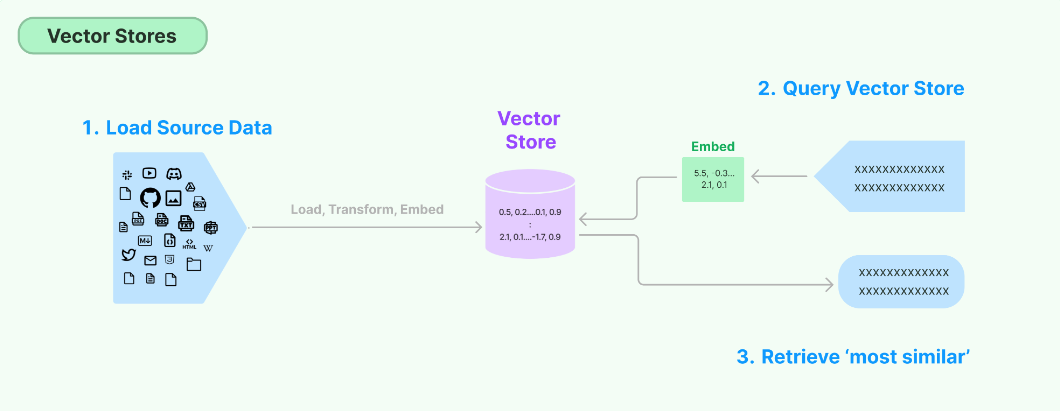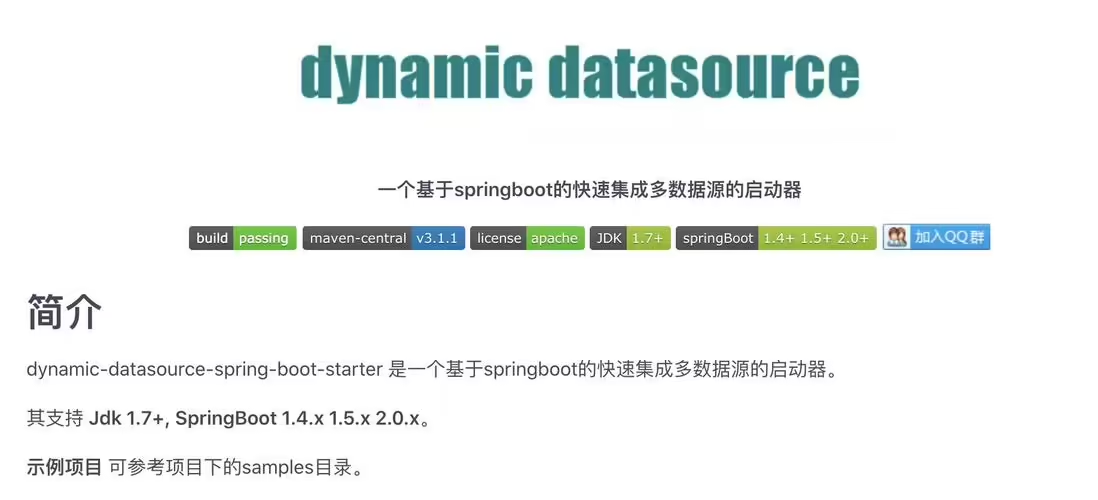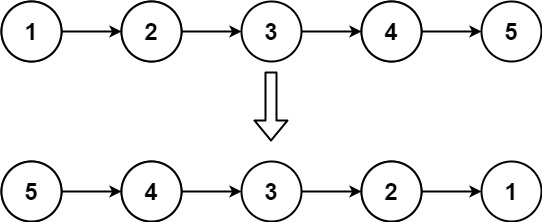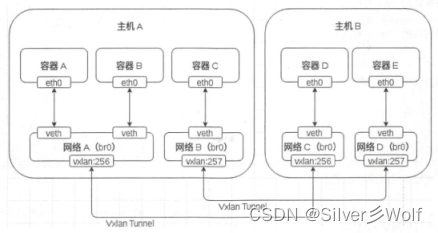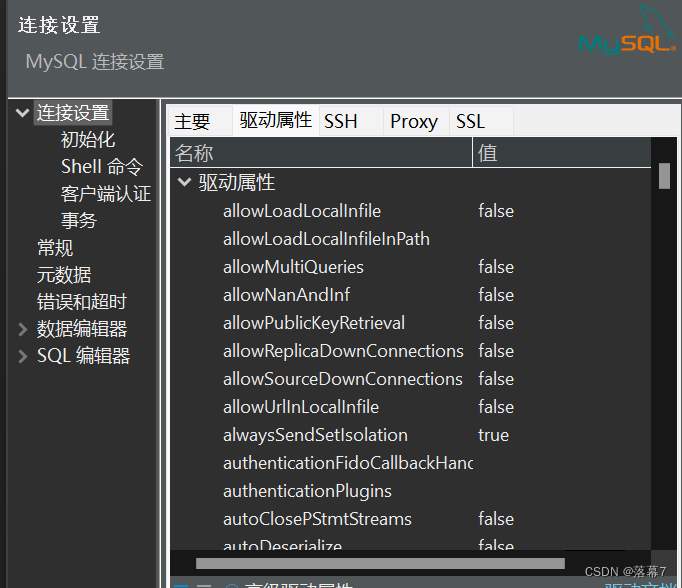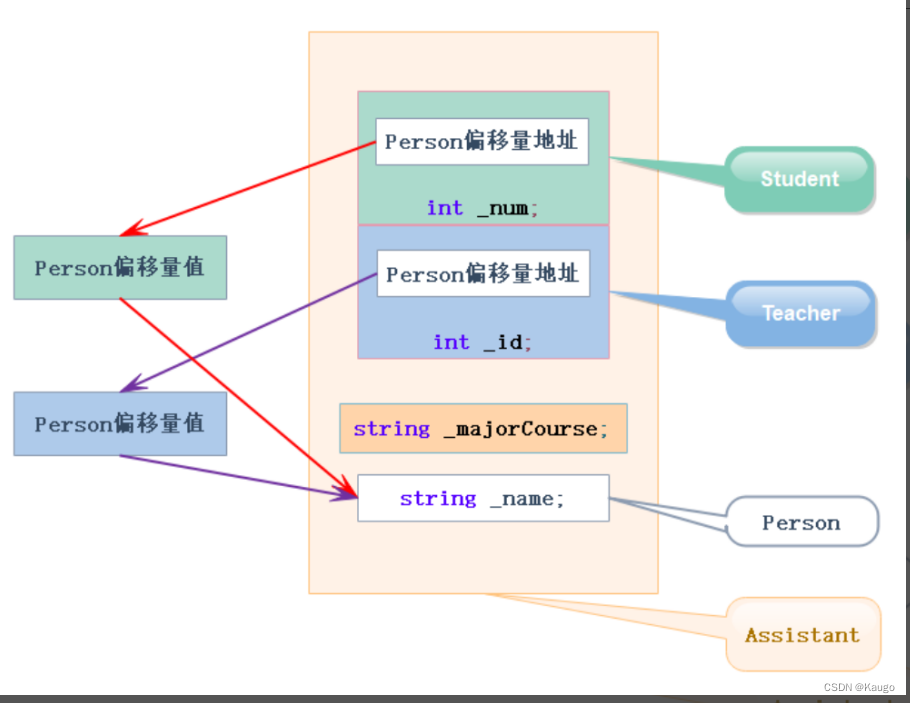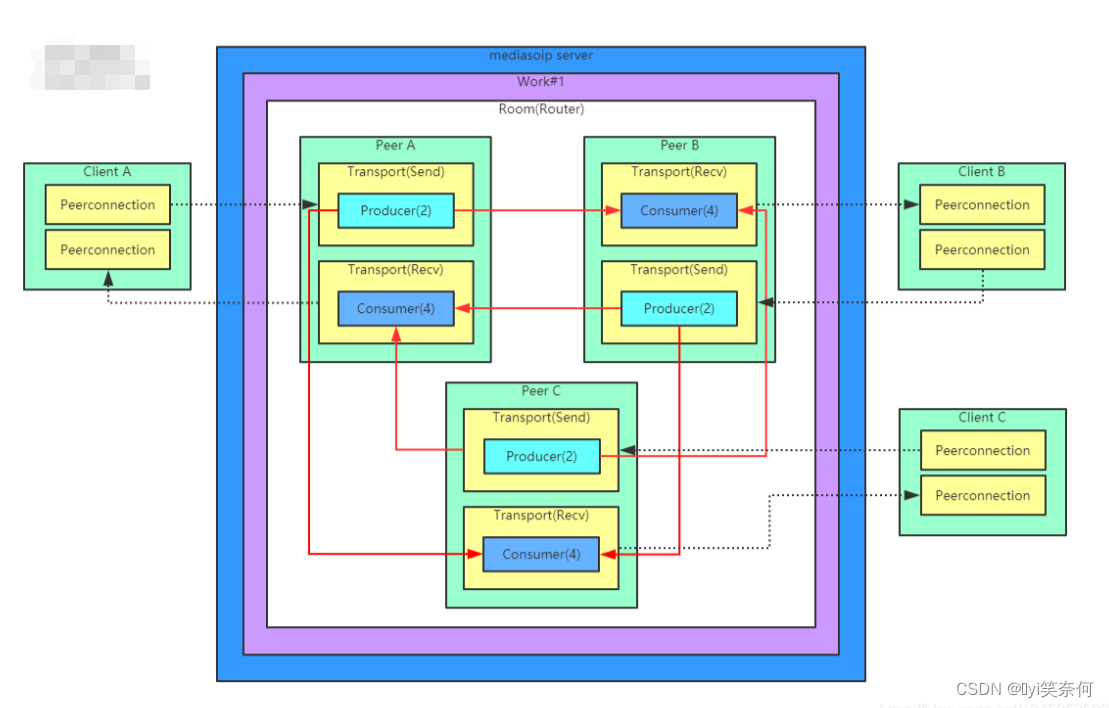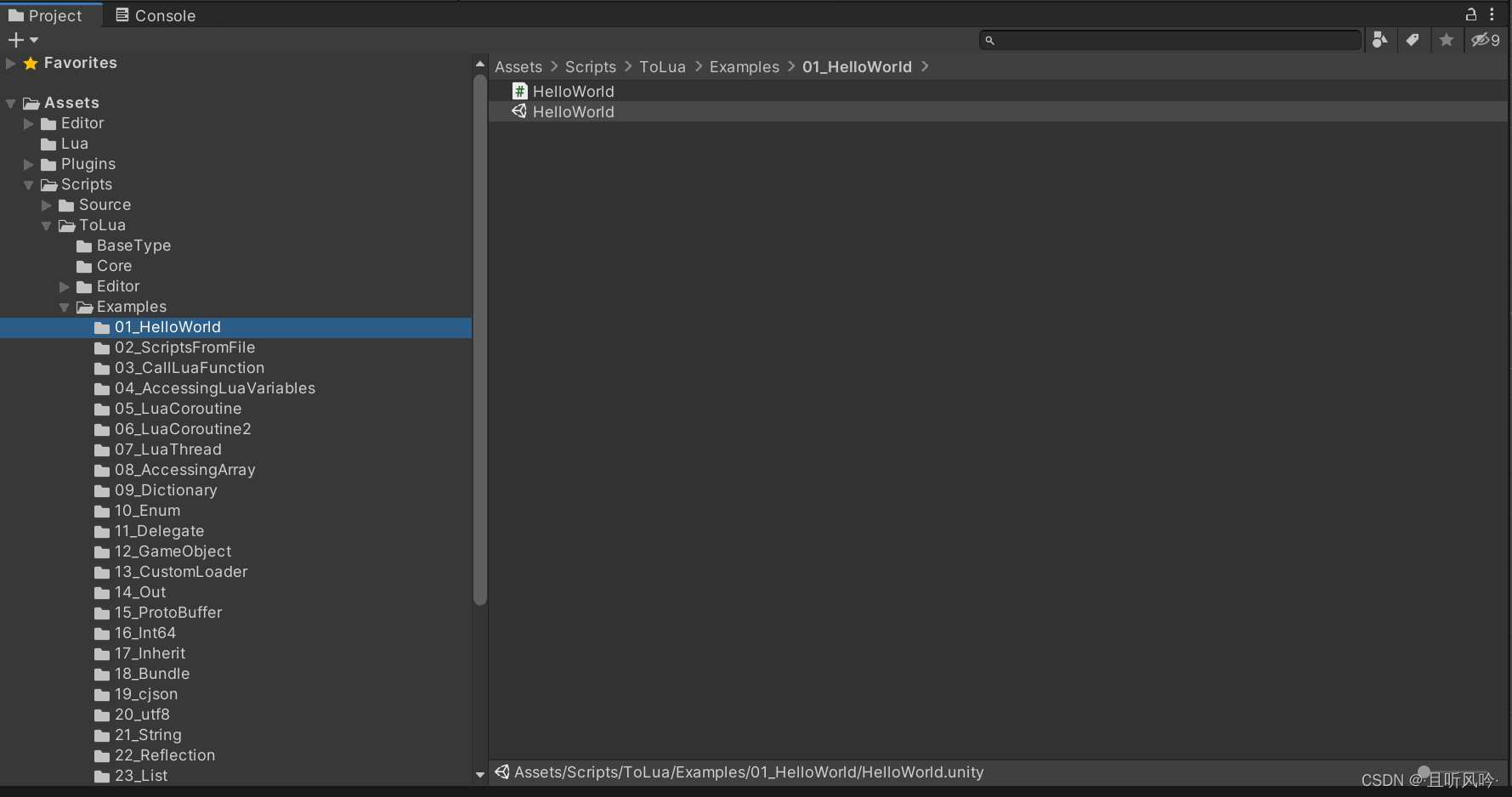牛客网Verilog刷题——VL46
- 题目
- 解析
- 答案
题目
根据题目提供的双口RAM代码和接口描述,实现同步FIFO,要求FIFO位宽和深度参数化可配置。电路的接口如下图所示。

双口RAM端口说明:

同步FIFO端口说明:

双口RAM代码如下,可在本题答案中添加并例化此代码。
module dual_port_RAM #(parameter DEPTH = 16,
parameter WIDTH = 8)(
input wclk
,input wenc
,input [$clog2(DEPTH)-1:0] waddr //深度对2取对数,得到地址的位宽。
,input [WIDTH-1:0] wdata //数据写入
,input rclk
,input renc
,input [$clog2(DEPTH)-1:0] raddr //深度对2取对数,得到地址的位宽。
,output reg [WIDTH-1:0] rdata //数据输出
);
reg [WIDTH-1:0] RAM_MEM [0:DEPTH-1];
always @(posedge wclk) begin
if(wenc)
RAM_MEM[waddr] <= wdata;
end
always @(posedge rclk) begin
if(renc)
rdata <= RAM_MEM[raddr];
end
endmodule
输入输出描述:
| 信号 | 类型 | 输入/输出 | 位宽 | 描述 |
|---|---|---|---|---|
| clk | wire | Intput | 1 | 读写时钟信号 |
| rstn | wire | Intput | 1 | 读写异步复位信号,低电平有效 |
| winc | wire | Intput | 1 | 写使能信号 |
| rinc | wire | Intput | 1 | 读使能信号 |
| wdata | wire | Intput | WIDTH | 写数据 |
| wfull | wire | Output | 1 | 写满信号 |
| rempty | wire | Output | 1 | 读空信号 |
| rdata | wire | Output | WIDTH | 读数据 |
解析
同步FIFO中,读操作与写操作均在同一时钟域下进行,不涉及跨时钟域操作,所以只需要用一个计数器来计数当前FIFO中存储的实际数据个数(写入数据个数减去读出数据个数),再用于判断产生空满信号即可。所以同步FIFO设计的要点就在于以下几点:
- 空满信号判断
答案
`timescale 1ns/1ns
/**********************************RAM************************************/
module dual_port_RAM #(parameter DEPTH = 16,
parameter WIDTH = 8)(
input wclk
,input wenc
,input [$clog2(DEPTH)-1:0] waddr //深度对2取对数,得到地址的位宽。
,input [WIDTH-1:0] wdata //数据写入
,input rclk
,input renc
,input [$clog2(DEPTH)-1:0] raddr //深度对2取对数,得到地址的位宽。
,output reg [WIDTH-1:0] rdata //数据输出
);
reg [WIDTH-1:0] RAM_MEM [0:DEPTH-1];
always @(posedge wclk) begin
if(wenc)
RAM_MEM[waddr] <= wdata;
end
always @(posedge rclk) begin
if(renc)
rdata <= RAM_MEM[raddr];
end
endmodule
/**********************************SFIFO************************************/
module sfifo#(
parameter WIDTH = 8,
parameter DEPTH = 16
)(
input clk ,
input rst_n ,
input winc ,
input rinc ,
input [WIDTH-1:0] wdata ,
output reg wfull ,
output reg rempty ,
output wire [WIDTH-1:0] rdata
);
//---------------------------------
// 使用内部计数器设计同步FIFO
//---------------------------------
reg [$clog2(DEPTH)-1:0] waddr;
reg [$clog2(DEPTH)-1:0] raddr;
reg [$clog2(DEPTH):0] cnt;
//内部计数器
always @(posedge clk or negedge rst_n)
if(!rst_n)
cnt <= 'd0;
else if(!wfull && !rempty && winc && rinc)
cnt <= cnt;
else if(!wfull && winc)
cnt <= cnt + 1;
else if(!rempty && rinc)
cnt <= cnt - 1;
else
cnt <= cnt;
//空满判断
always @(posedge clk or negedge rst_n)
if(!rst_n) begin
wfull <= 1'b0;
rempty <= 1'b0;
end
else if(cnt == DEPTH) begin
wfull <= 1'b1;
rempty <= 1'b0;
end
else if(cnt == 0) begin
wfull <= 1'b0;
rempty <= 1'b1;
end
else begin
wfull <= 1'b0;
rempty <= 1'b0;
end
//写地址
always @(posedge clk or negedge rst_n)
if(!rst_n)
waddr <= 'd0;
else if(!wfull && winc)
waddr <= waddr + 1'd1;
else
waddr <= waddr;
//读地址
always @(posedge clk or negedge rst_n)
if(!rst_n)
raddr <= 'd0;
else if(!rempty && rinc)
raddr <= raddr + 1'd1;
else
raddr <= raddr;
//双端口RAM例化
dual_port_RAM
#(
.DEPTH(DEPTH),
.WIDTH(WIDTH)
)
dual_port_RAM_inst
(
.wclk(clk),
.wenc(winc && !wfull),
.waddr(waddr), //深度对2取对数,得到地址的位宽。
.wdata(wdata), //数据写入
.rclk(clk),
.renc(rinc && !rempty),
.raddr(raddr), //深度对2取对数,得到地址的位宽。
.rdata(rdata) //数据输出
);
endmodule
